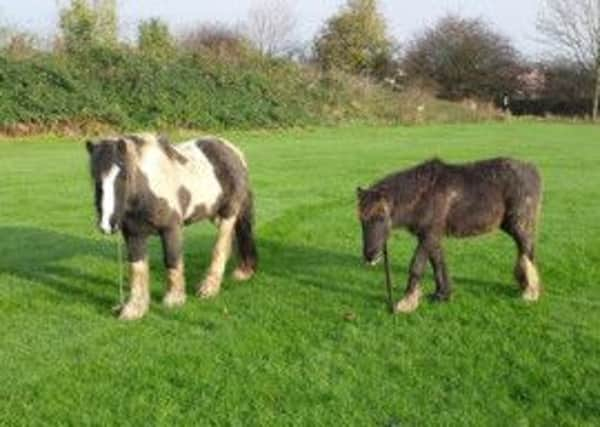Yorkshire surge in sycamore poisonings


Also known as atypical myopathy (AM), it is a potentially fatal condition which can strike down horses that ingest ‘helicopter’ seeds from sycamore trees.
Jonathan Anderson, surgeon and director at Rainbow Equine Hospital in Malton, said: “We are recognising it more and more in pockets of our patch.
Advertisement
Hide AdAdvertisement
Hide Ad“We have had two suspected cases in the last three weeks and out of the seven cases we have seen this year, one horse has died and six have returned home. Early detection is key.”
The British Equine Veterinary Association (BEVA) urged vets to be aware of the clinical signs of the condition. It often presents as an outbreak, with affected horses having muscle weakness or stiffness, colic-like symptoms, laboured breathing, dark red-brown urine, recumbency or even sudden death.
These symptoms have become all too familiar to vet Jenny Staddon who treats animals across Yorkshire for Ridings Equine Vets.
“During the latter part of October and early November I diagnosed more cases of atypical myopathy than at any other time in my career - more cases in two weeks than in the last seven years,” she said.
Advertisement
Hide AdAdvertisement
Hide Ad“Most of the cases I have been dealing with have been outbreaks on yards where multiple horses have been affected. All the cases I have seen this autumn have been horses grazing pasture most of the time, and under five-years-old, although I am aware of colleagues that have diagnosed the disease in older horses.
“Interestingly all of the horses were in very good condition, this disease is usually more common in underweight animals. All cases had access to fields with sycamore trees and fallen leaves on the ground.
“All of my cases have so far survived, this I believe is down to the heightened awareness of this fatal disease leading to earlier diagnosis and early treatment with aggressive fluid therapy.”
Recent research, published in the Equine Veterinary Journal, shows the disease is caused by the toxin hypoglycin A, which is found in seeds of sycamore trees.
Advertisement
Hide AdAdvertisement
Hide AdIncidences tend to occur in the autumn and in the spring, BEVA said, with horses that develop the condition usually kept in sparse pastures with an accumulation of dead leaves, dead wood and trees nearby and are often not fed any supplementary hay or feed.
High winds this autumn have resulted in considerable contamination of pastures with sycamore seeds, BEVA said, warning that the recent surge in cases may become worse through the winter months as access to grass is further limited.
Professor Celia Marr, editor of Equine Veterinary Journal, said: “We’ve seen unprecedented cases of AM since the high winds last month – more than five times as many as this time last year. This dramatic rise appears to be reflected across the UK. It is imperative to spot the symptoms and commence treatment promptly, preferably with hospitalisation of the affected animal to give it any chance of survival.”
The RSPCA advised owners not to graze horses near sycamore trees and to check on their animals at least twice a day.